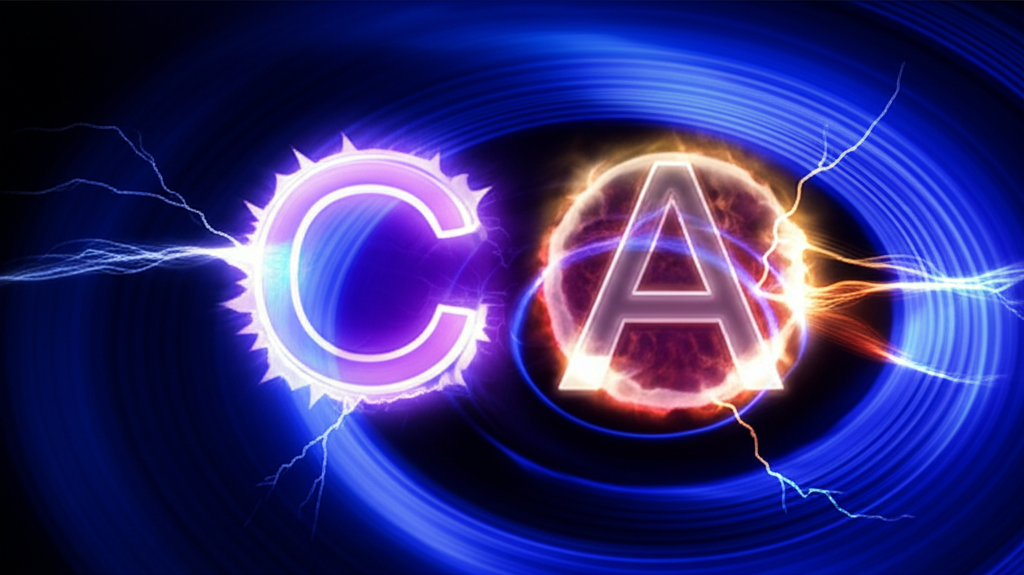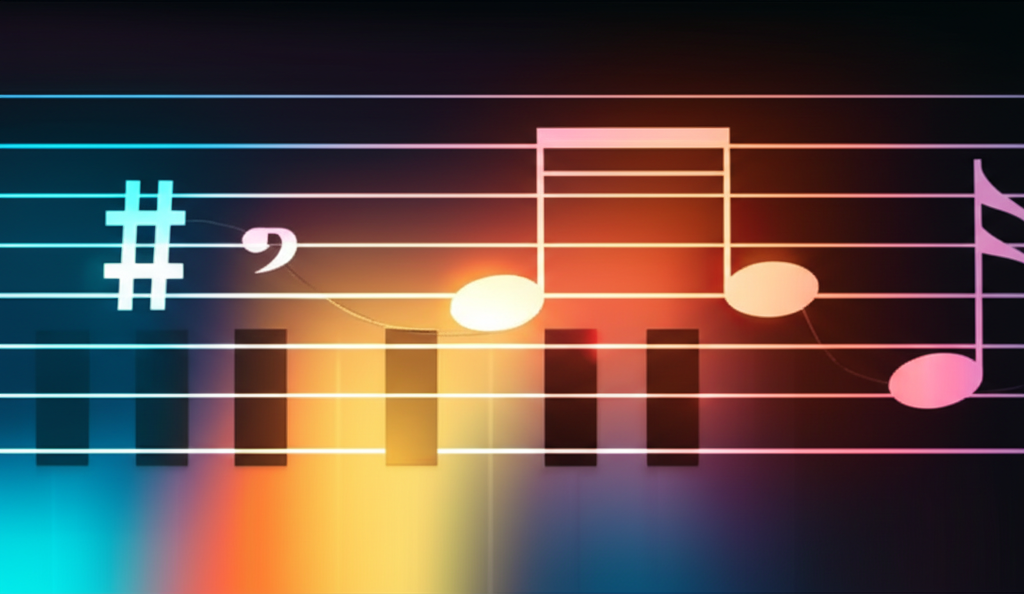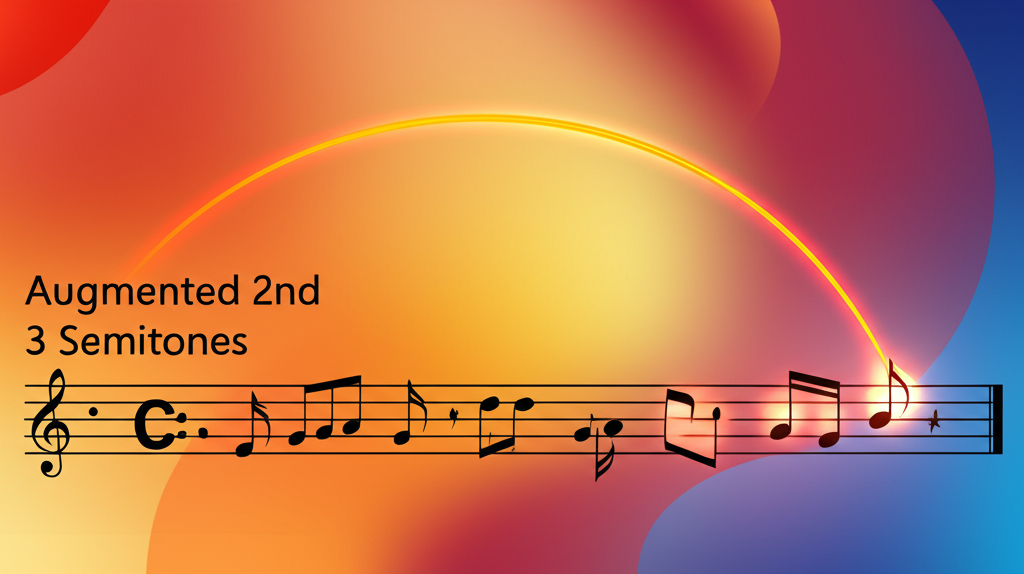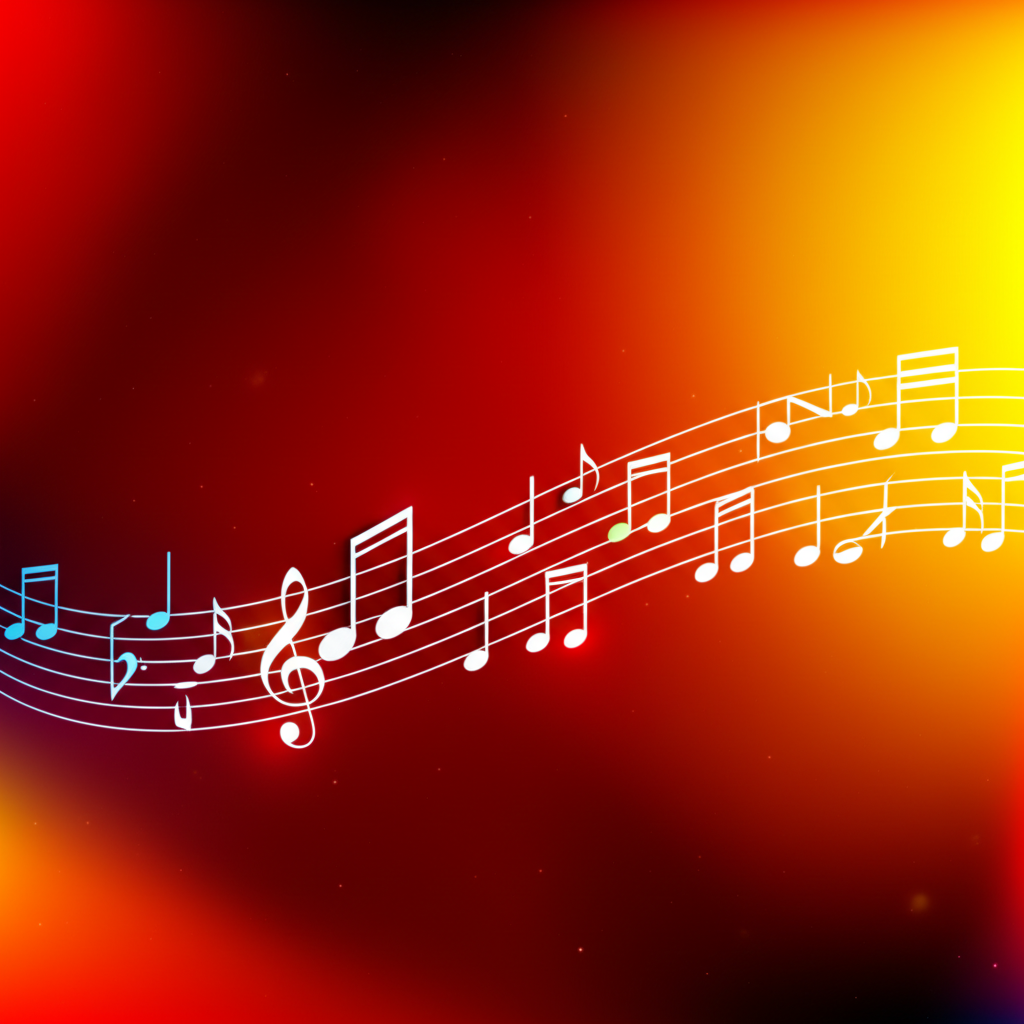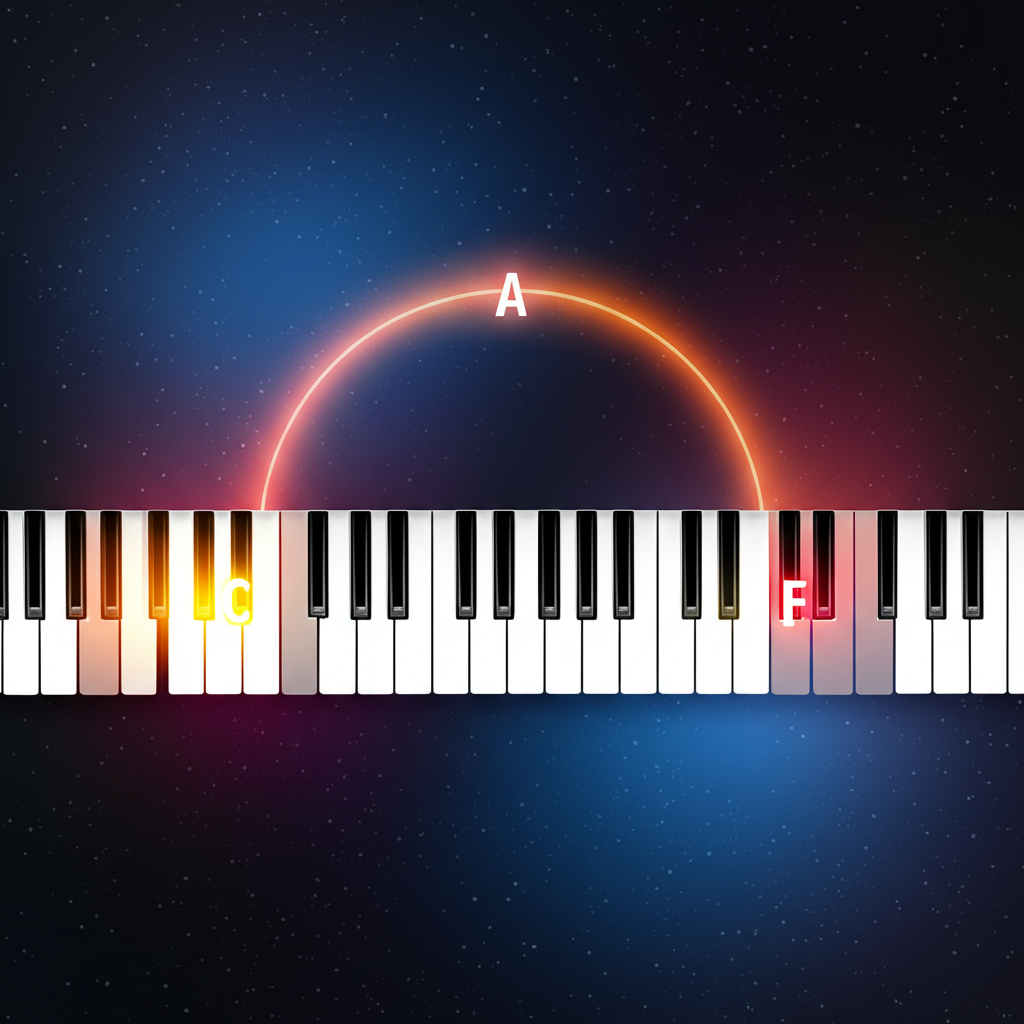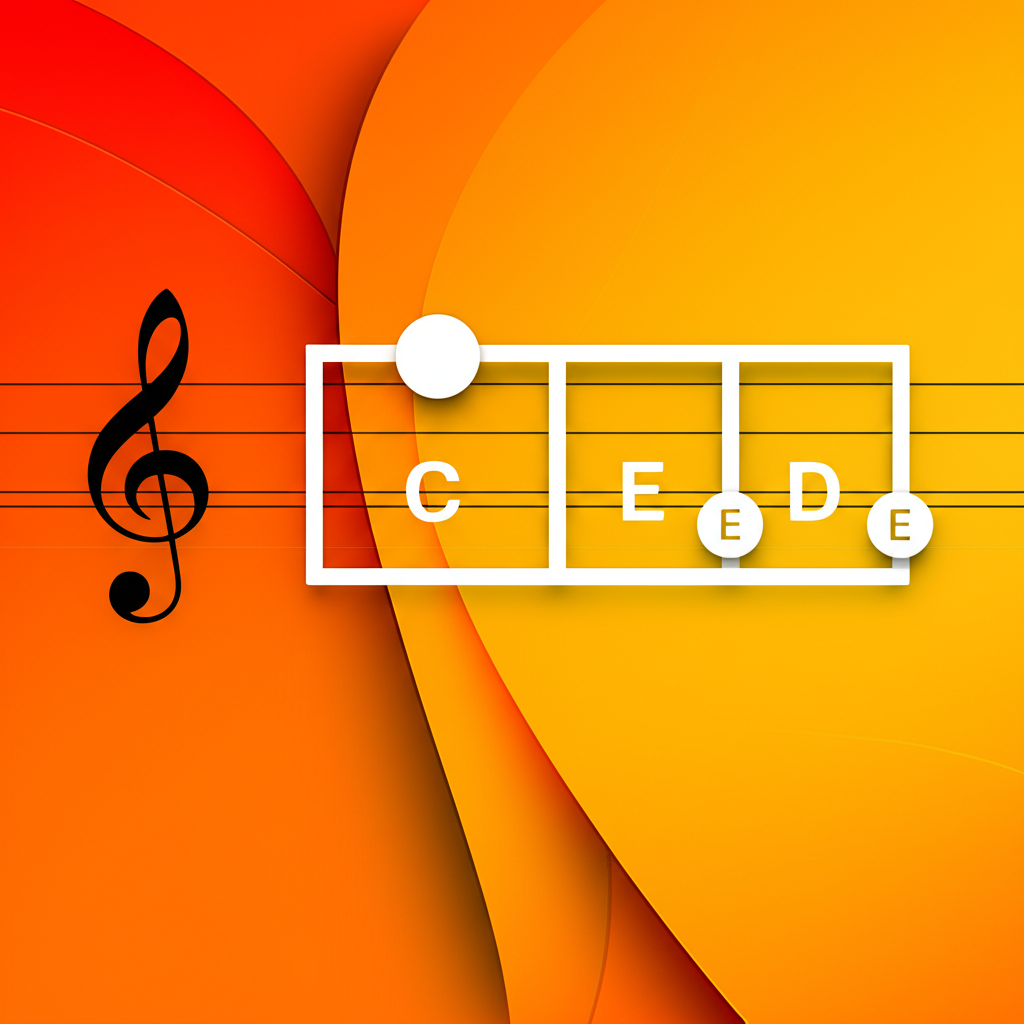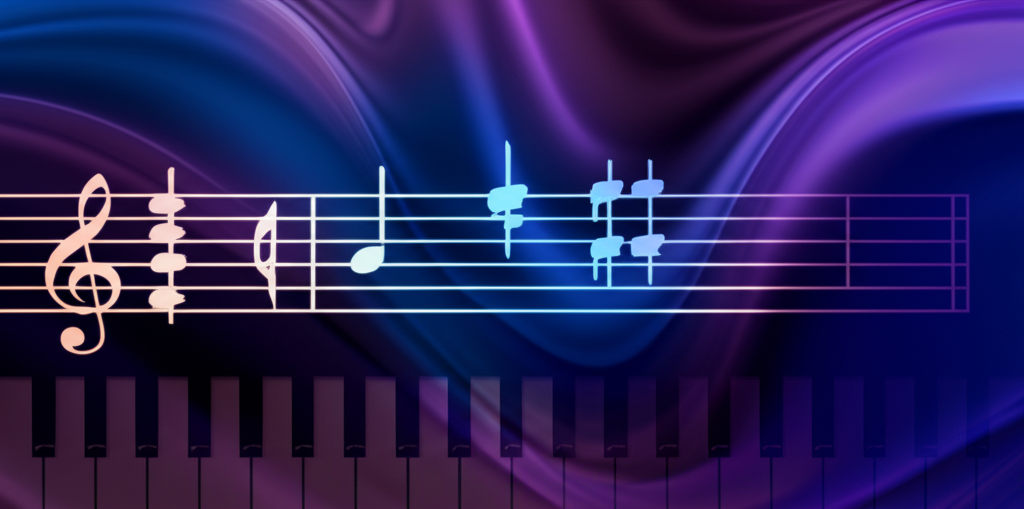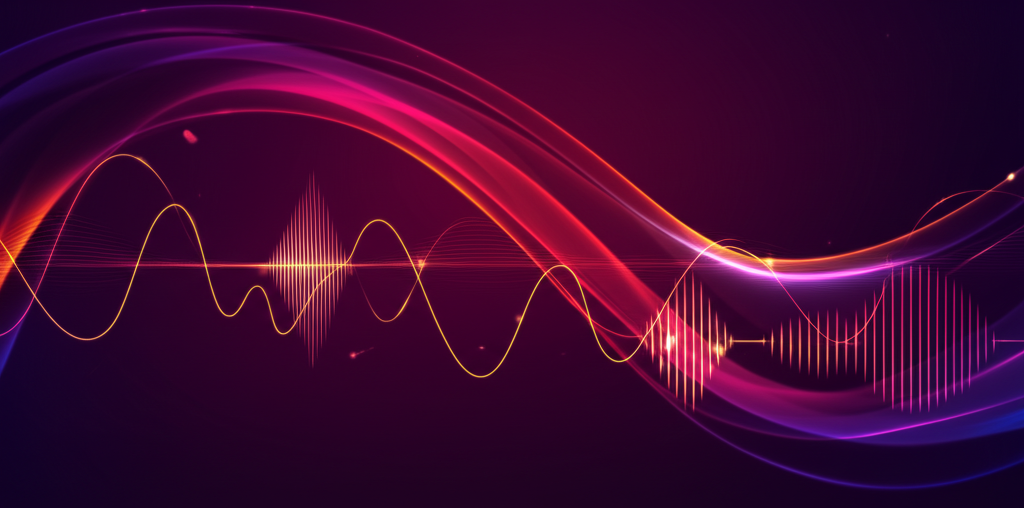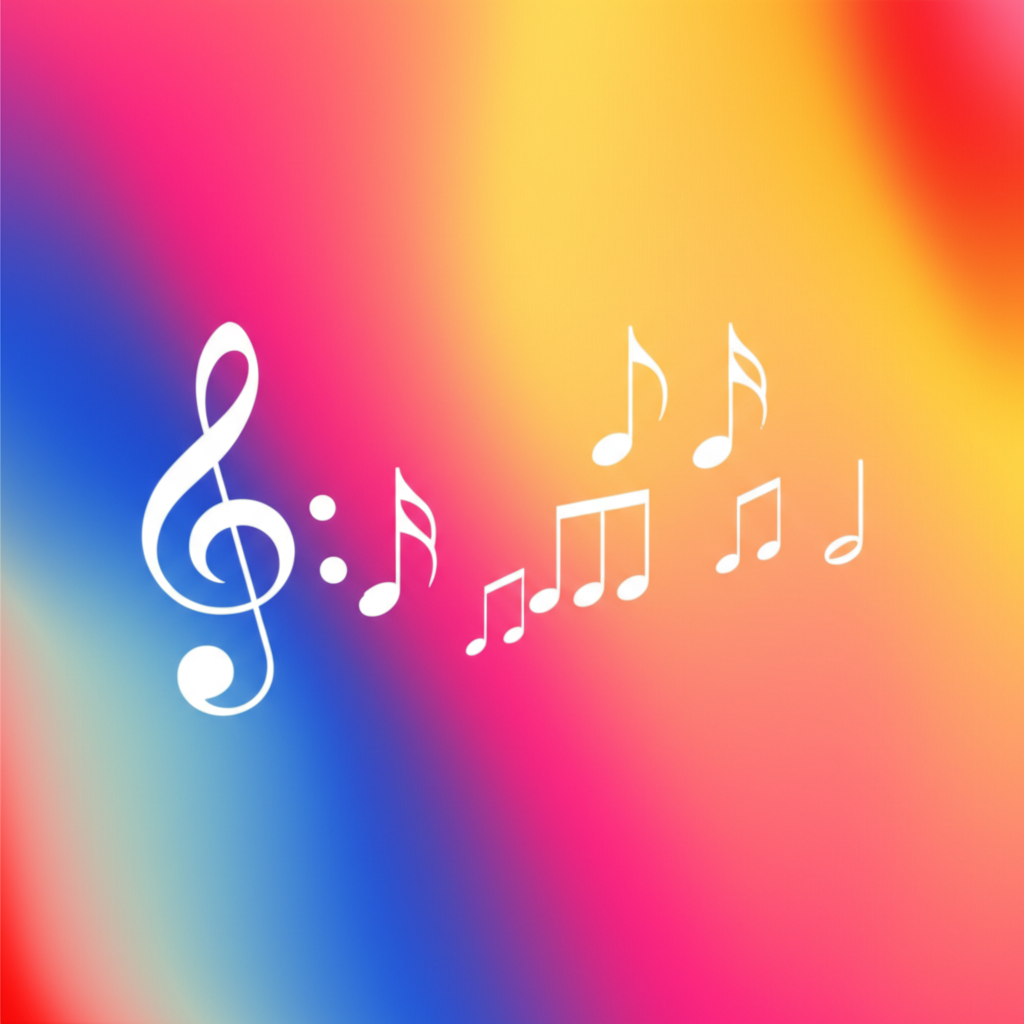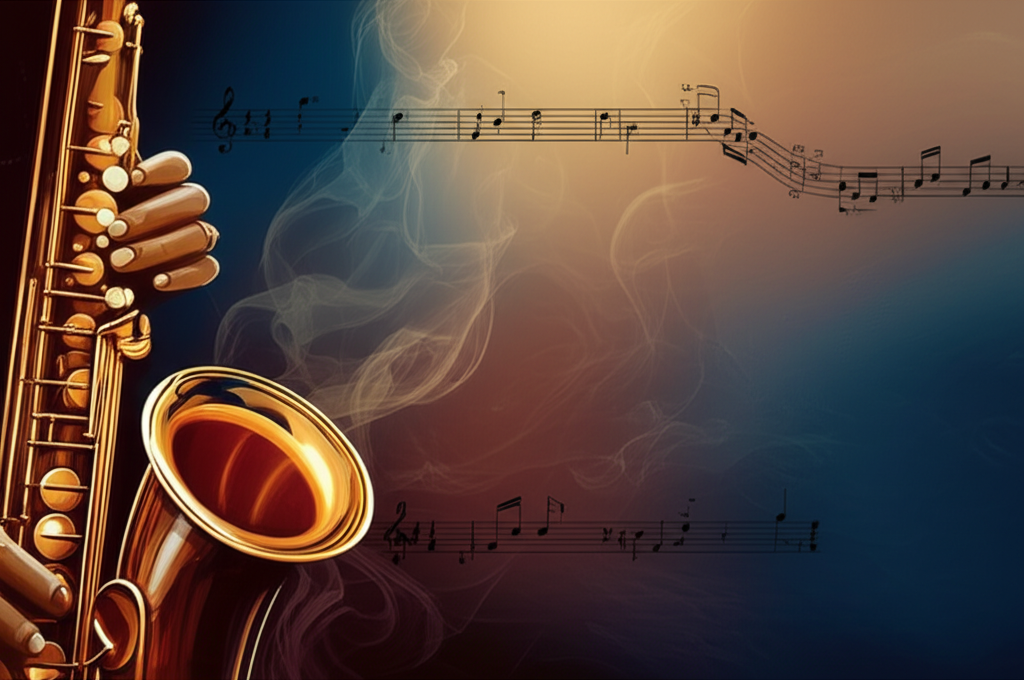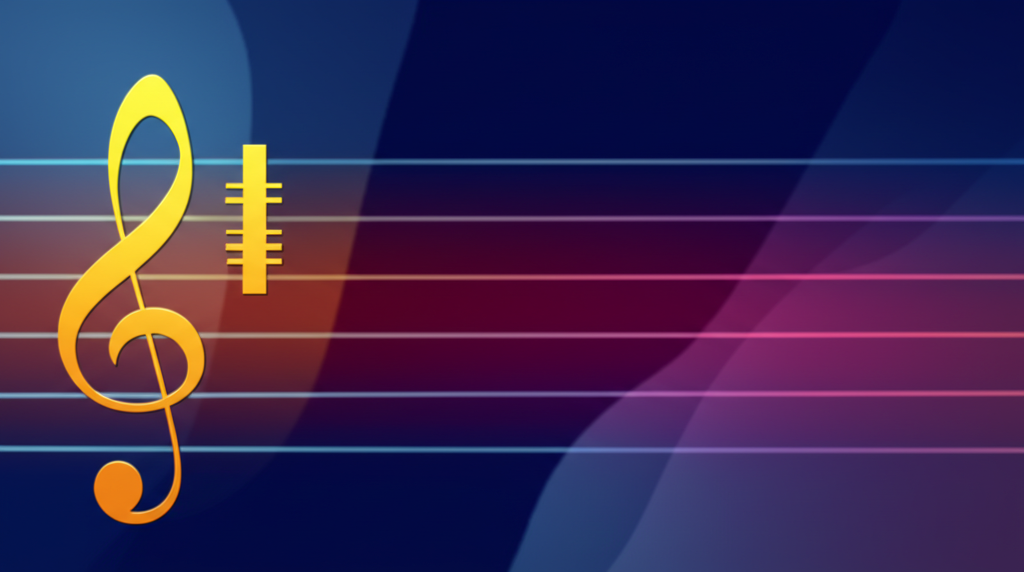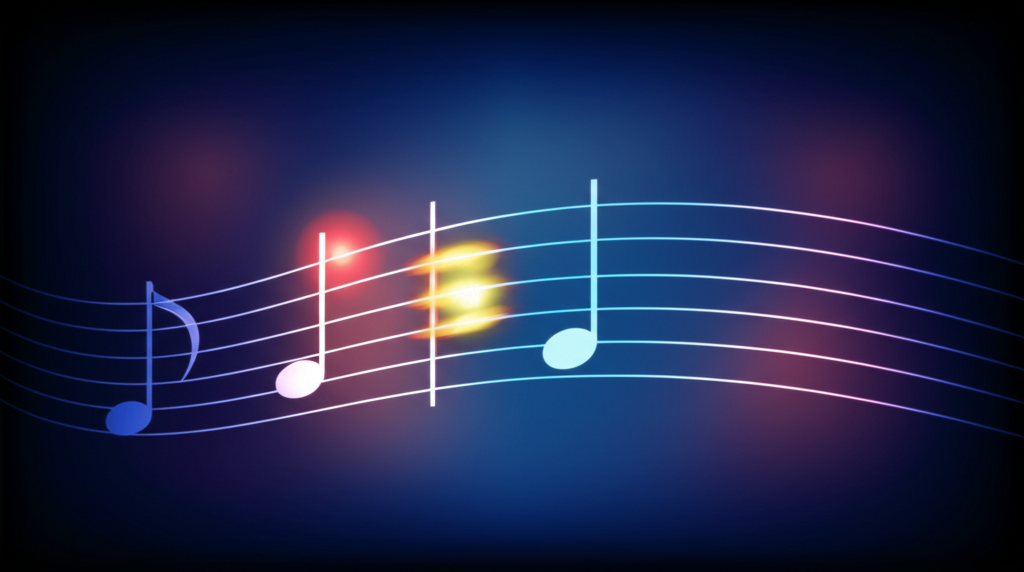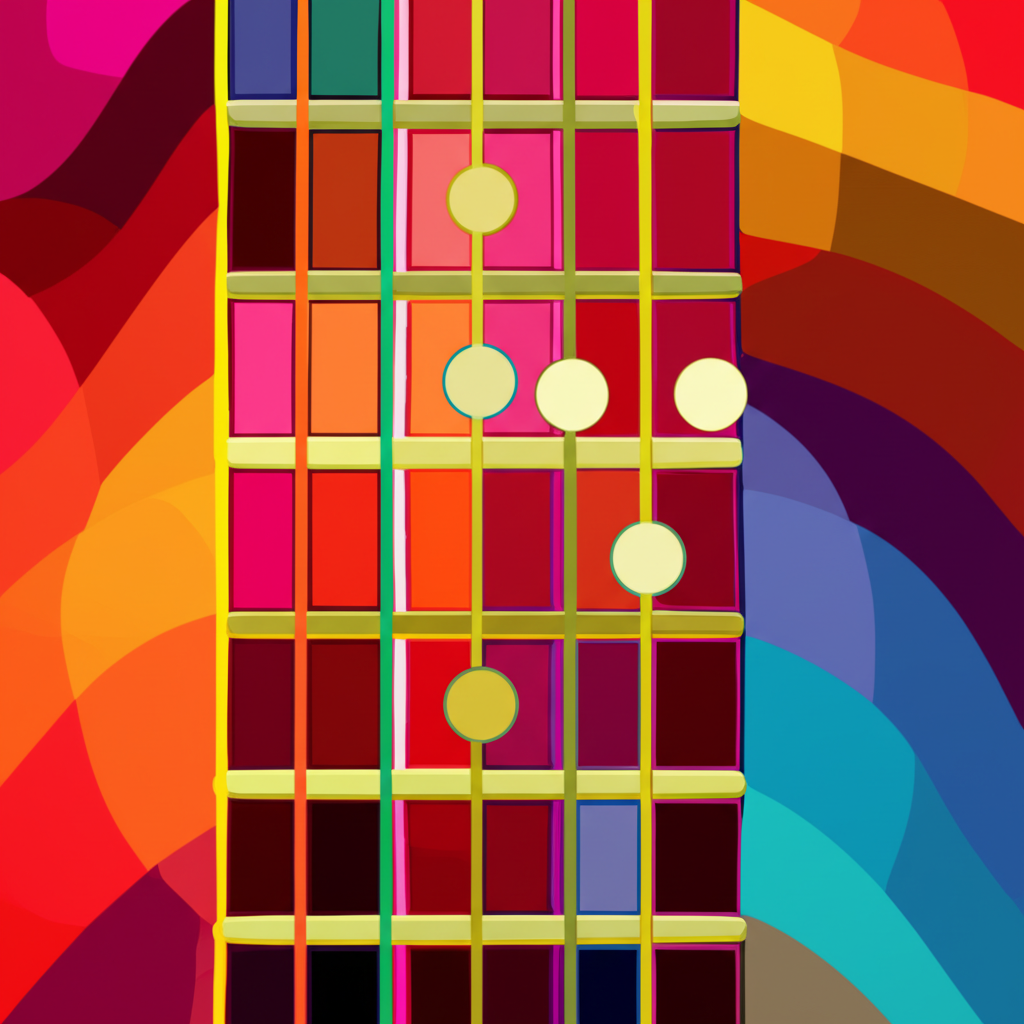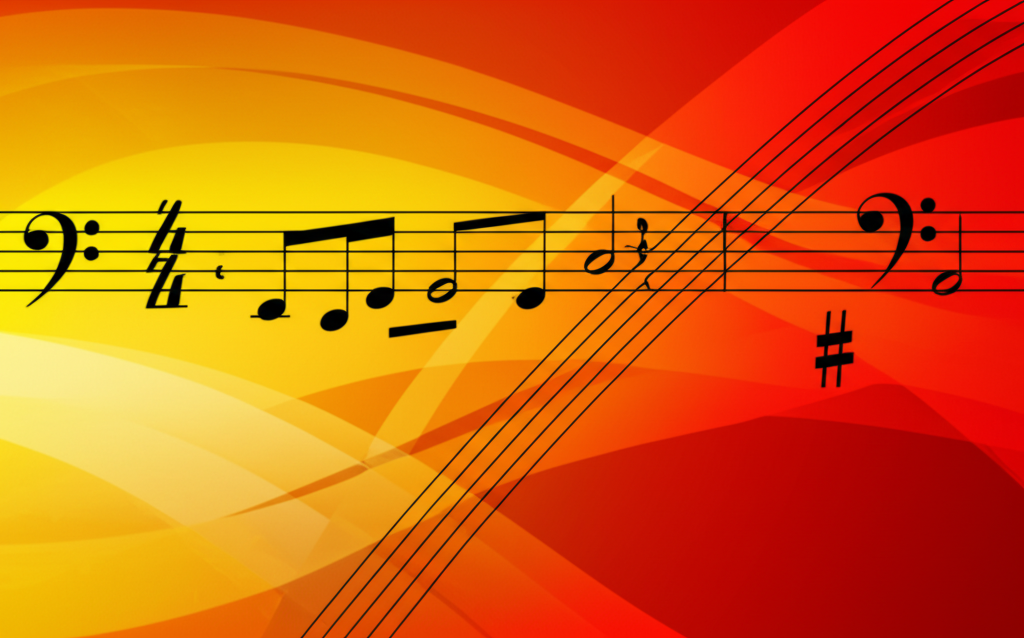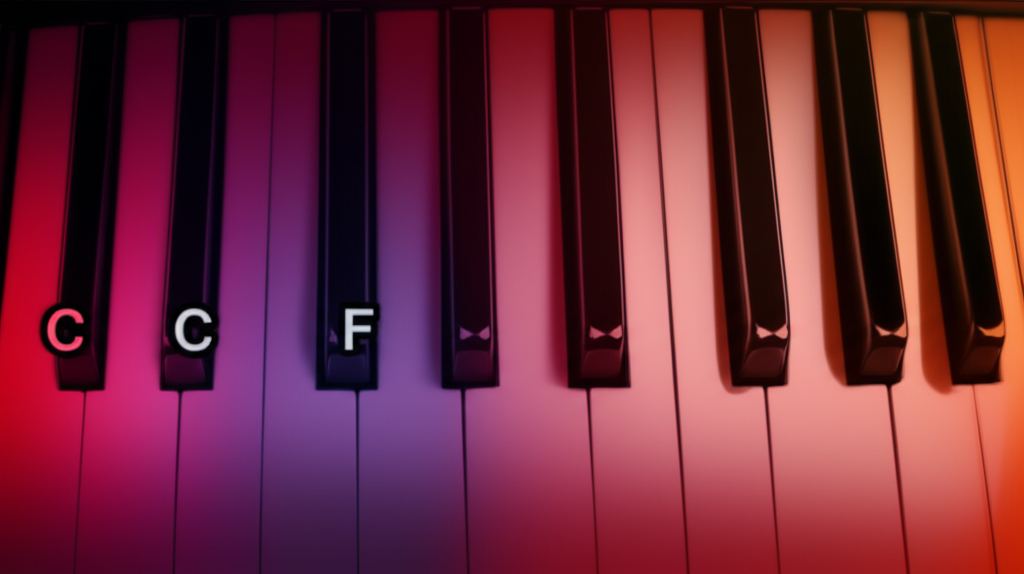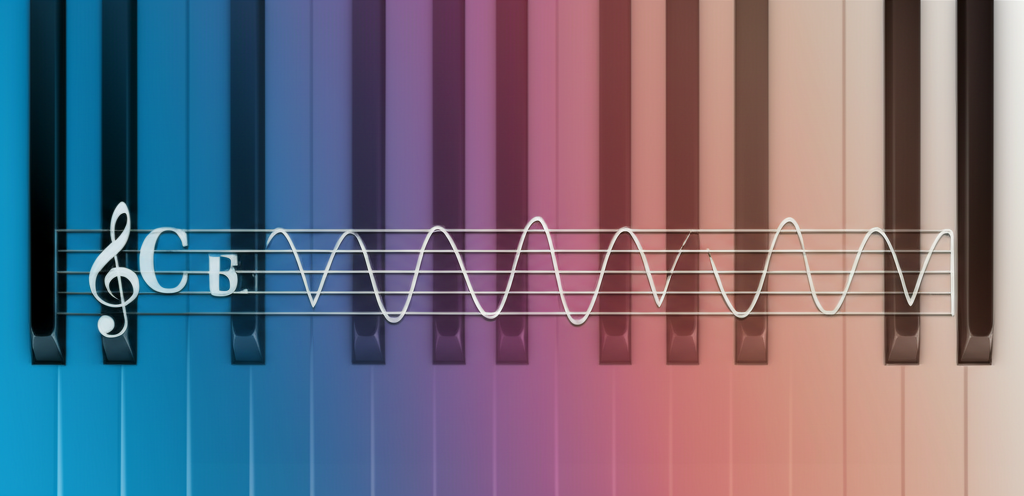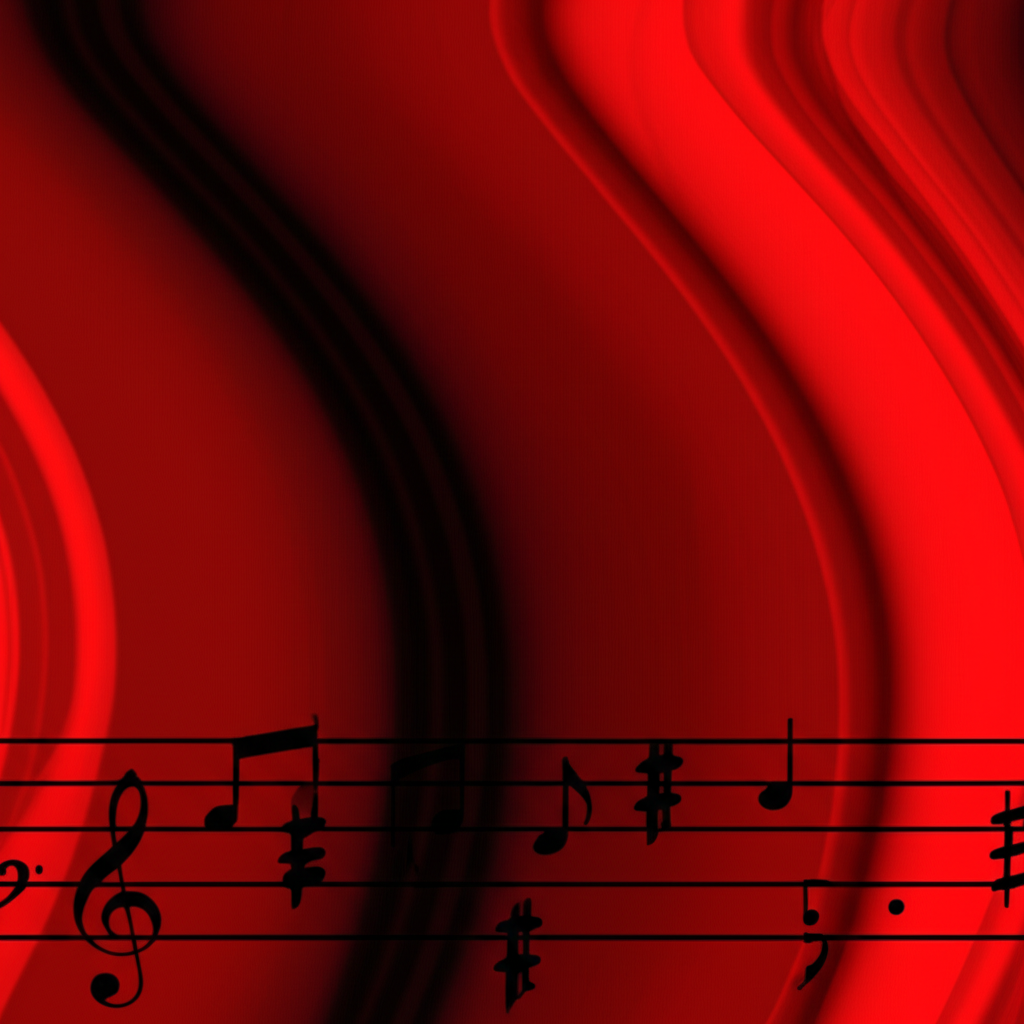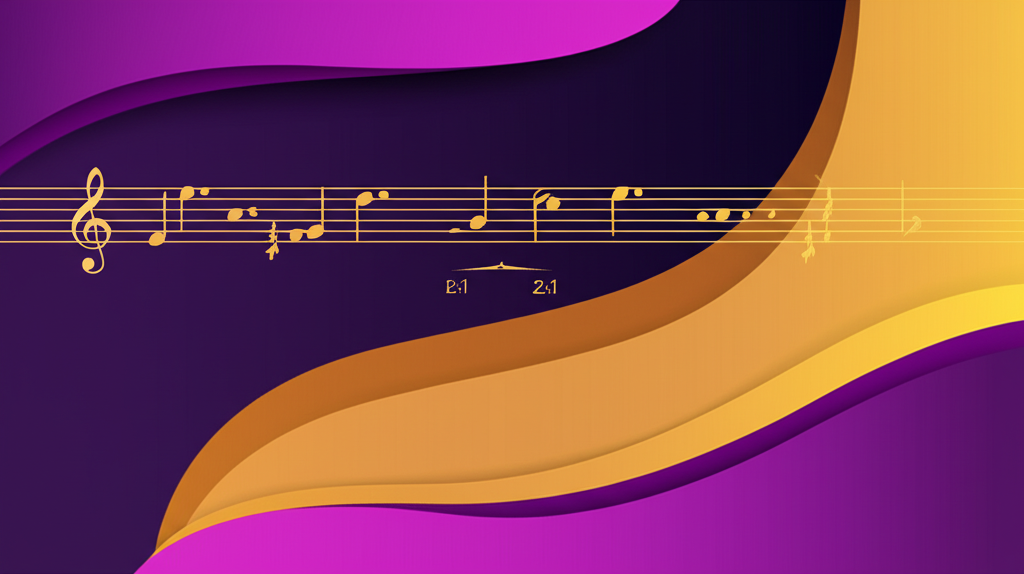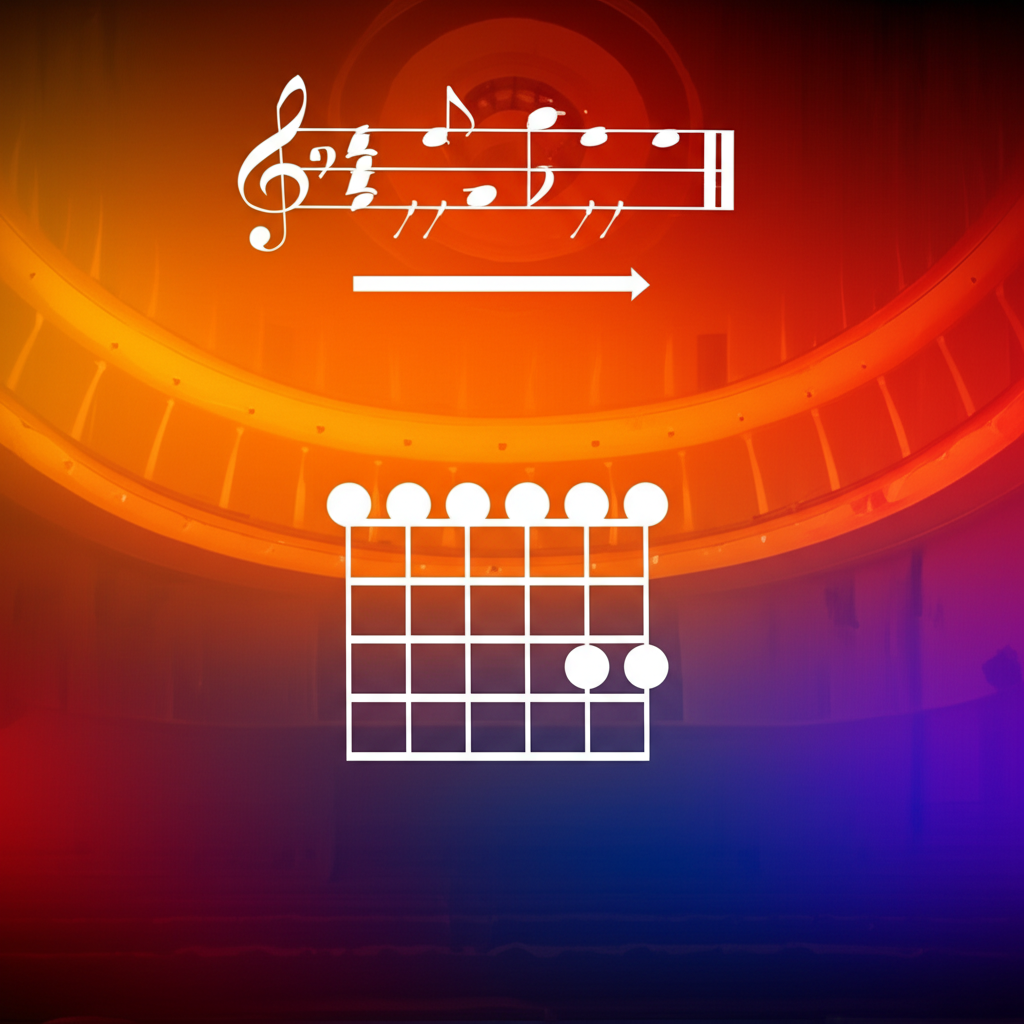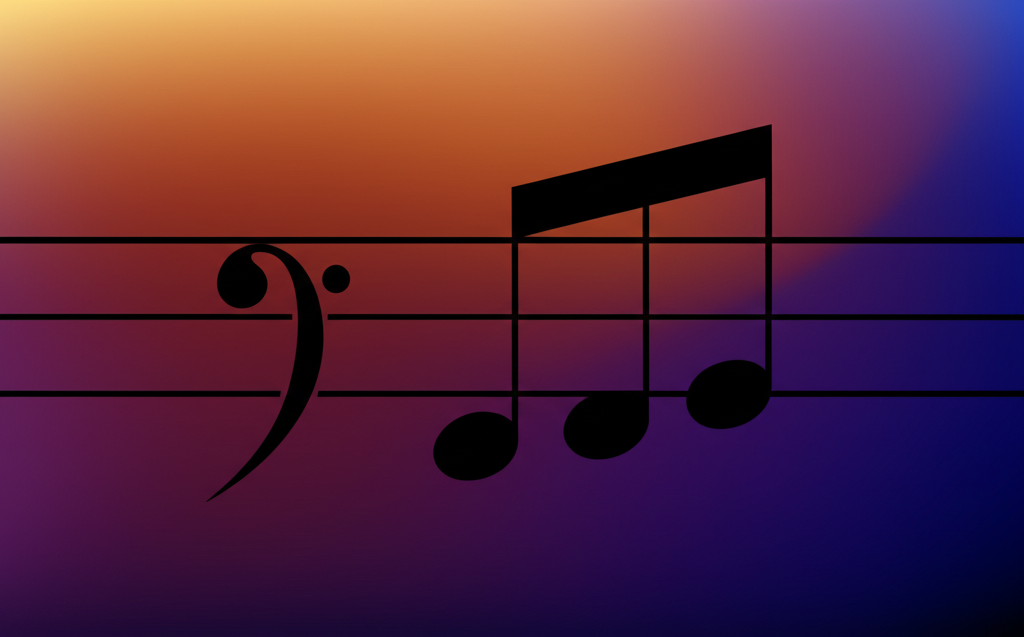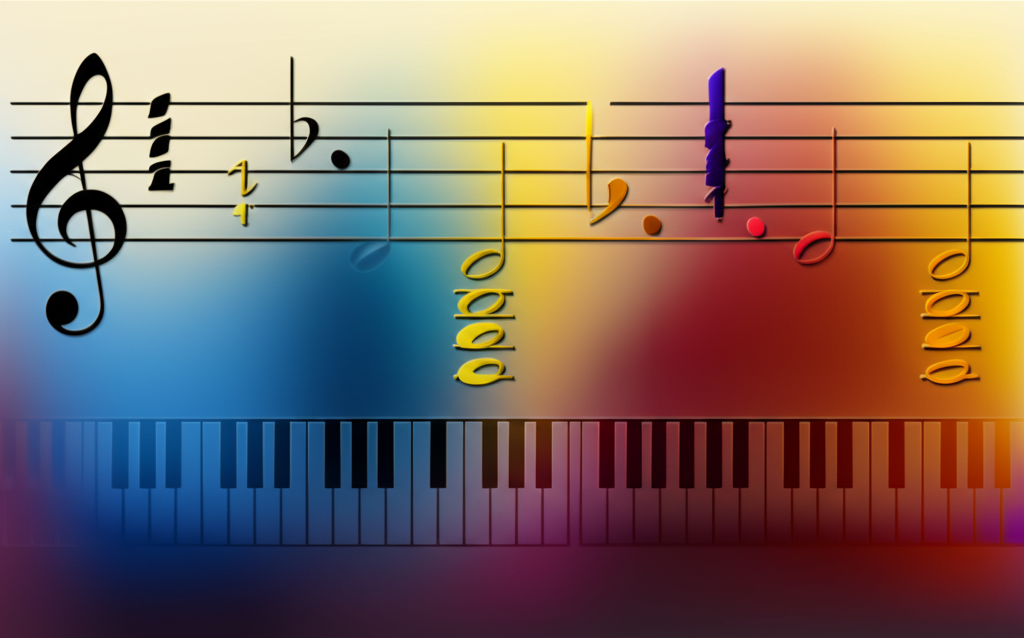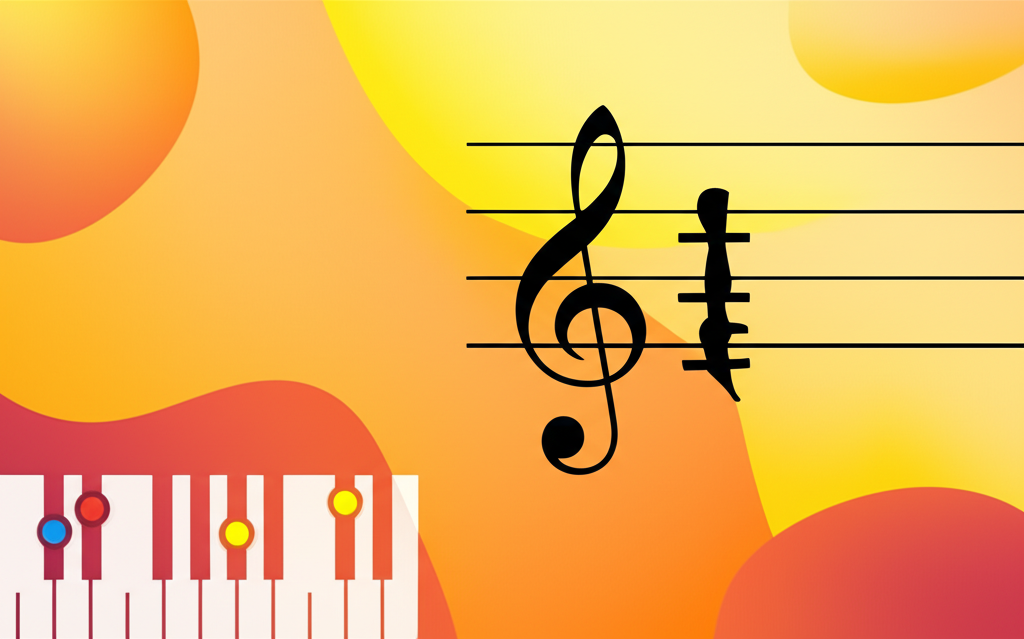
Unlocking the Augmented Third: A Rare and Expressive Interval

b4n1
June 14, 2025, 7:04 p.m.
Unlocking the Augmented Third: A Rare and Expressive Interval
Summary:
Dive into the world of the augmented third, a rare but powerful interval in music theory. This article demystifies its structure, its enharmonic relationship with the perfect fourth, and its specific use in creating chromatic tension and guiding voice leading in complex harmonies.
Keywords:
augmented third, music theory, intervals, harmony, dissonance, enharmonic equivalent, chromaticism, voice leading
Introduction:
Ever encountered an interval that sounds familiar but looks strange on the page? Welcome to the intriguing world of the augmented third! While not as common as its major or minor cousins, the augmented third is a fascinating tool used by composers to create intense expression and sophisticated harmonies. Understanding this interval unlocks a deeper appreciation for the nuances of chromatic music and the logic behind seemingly complex notation.
Definition and Classification:
An augmented third is a musical interval created by widening a major third by one chromatic semitone. A major third spans four semitones (like C to E), so an augmented third spans five semitones (like C to E-sharp). Tonally, it sounds identical to a perfect fourth (which also spans five semitones, like C to F). This relationship is called "enharmonic equivalence." So why use a different name and spelling? The spelling of an interval tells a musician how it functions. An augmented third implies strong tension that typically resolves by expanding outward to a perfect fifth. For example, the notes C and E-sharp create an expectation that the E-sharp will resolve upwards to F-sharp.
Examples:
Example in ABC Notation:
The following examples show augmented thirds. Notice that each interval spans five semitones, making it sound identical to a perfect fourth, but the spelling (e.g., C to E# instead of C to F) indicates its unique function.
Practical Applications:
The augmented third is a child of chromaticism. You won't find it in simple diatonic melodies, but it emerges when composers manipulate notes outside the primary key. Its primary function is in voice leading. By writing an augmented third (e.g., Ab to C#) instead of a perfect fourth (Ab to Db), a composer signals that the C# is a leading tone that must resolve upwards, typically to D. This creates a powerful pull and a sense of forward motion. While rare as a standalone harmony, this type of voice-leading logic is the bedrock of advanced tonal music, especially within complex chords like the augmented sixth chord family, which are used to approach the dominant chord with maximum tension and release.
Historical Figures:
The augmented third became a more visible (though still rare) feature during the Late Romantic period, as composers pushed the boundaries of tonality. Richard Wagner, in operas like "Tristan und Isolde," utilized extreme chromaticism and dissonant intervals to convey complex emotions and endless longing. While you might not find a textbook augmented third isolated in his work, the harmonic language he pioneered created the very conditions where such intervals arise from independent melodic lines clashing. Later, composers of the Second Viennese School, like Arnold Schoenberg, explored every possible interval combination as they moved away from traditional tonality, treating dissonant intervals like the augmented third not as elements to be resolved, but as stable sounds in their own right.
Fun Facts:
The augmented third is like the chameleon of intervals—it sounds exactly like a perfect fourth but behaves very differently! Because of its five-semitone span, it's considered an "enharmonic equivalent" of the perfect fourth. The name "augmented third" comes from its visual appearance on the staff: it spans three staff positions (e.g., C-D-E), but the top note is raised (augmented). It's so rare that many beginner and intermediate theory textbooks don't even mention it, making it a true gem for advanced students to discover.
Conclusions:
The augmented third is more than just a theoretical curiosity; it's a testament to the power of musical notation to convey intent. While it sounds identical to a perfect fourth, its spelling reveals its true purpose: to create intense chromatic tension that demands resolution. Understanding the augmented third helps us read between the notes, appreciating the subtle logic of voice leading and the expressive potential of dissonance. The next time you see a strange accidental on a note, ask yourself: is this creating a rare interval like the augmented third, and what is it telling me to do?
References:
Kostka, S., & Payne, D. (2017). Tonal Harmony: With an Introduction to Twentieth-Century Music. McGraw-Hill Education.
Aldwell, E., & Schachter, C. (2011). Harmony and Voice Leading. Schirmer.
Laitz, S. G. (2015). The Complete Musician: An Integrated Approach to Theory, Analysis, and Listening. Oxford University Press.
